Page 2 of 2
In addition to the traditional well-known grades of stainless steel and corrosion-resistant alloys, there are others: patented, powder - specially developed for specific purposes and conditions of use. Usually they can be compared with each other, but each of these grades (alloys) is unique in its properties, chemical composition and structure.
These are mainly steels and alloys produced by powder metallurgy. They have an improved balanced chemical composition and better properties:
Advantages
- Improved strength and hardness: these stainless steels have a more uniform grain structure than traditional stainless steel, making them stronger and harder..
- Increased resistance to corrosion: more resistant to corrosion than their traditional counterparts due to their more uniform grain structure.
- Better machinability: easier to machine than traditional stainless steels and alloys, making them more suitable for some complex shapes.
Flaws
However, such stainless steel and alloys also have some disadvantages:
- High cost: generally, these stainless steels are more expensive than traditional stainless steels.
- Limited availability: not all grades of stainless steel are readily available.
- Production complexity: the production of these stainless steel grades and alloys is a more complex process than the production of traditional stainless steel.
- 🇺🇸 CPM MagnaMax
- 🇺🇸 CPM MagnaCut
- 🇺🇸 CPM MPL-1 | Supracor
- 🇺🇸 CPM 154 (154 CM)
- 🇺🇸 CPM S125V
- 🇺🇸 CPM S110V
- 🇺🇸 CPM S90V
- 🇺🇸 CPM S60V
- 🇺🇸 CPM S45VN
- 🇺🇸 CPM S35VN
- 🇺🇸 CPM S30V
- 🇺🇸 CPM SPY27
- 🇺🇸 CPM 20CV
- 🇺🇸 CPM D2
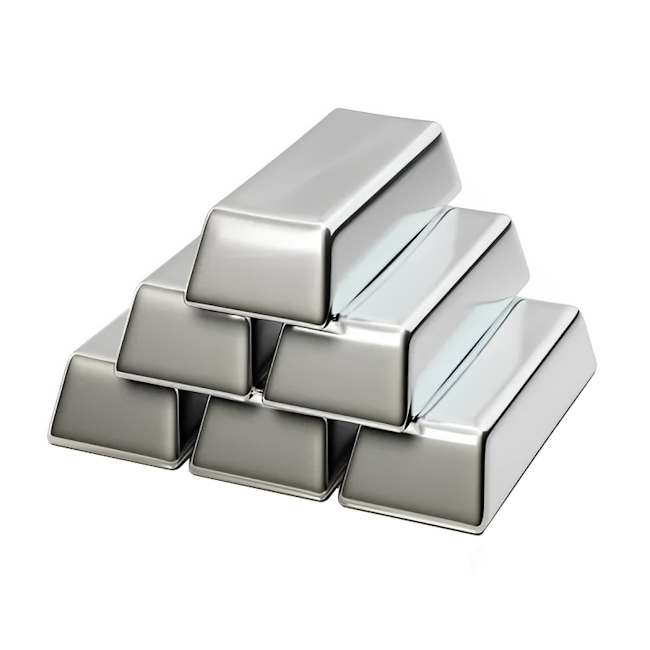
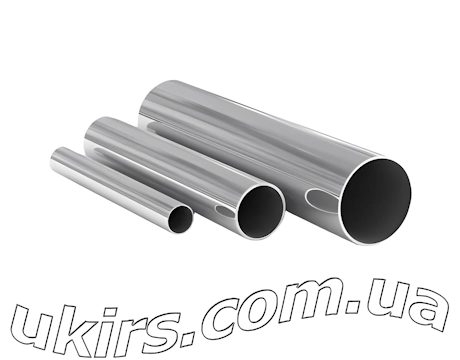 Stainless Steel Round Pipe
Stainless Steel Round Pipe 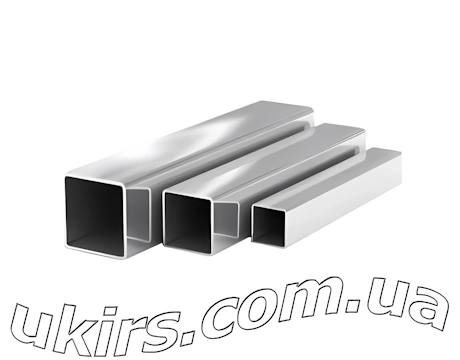 Stainless Steel Square Pipe
Stainless Steel Square Pipe 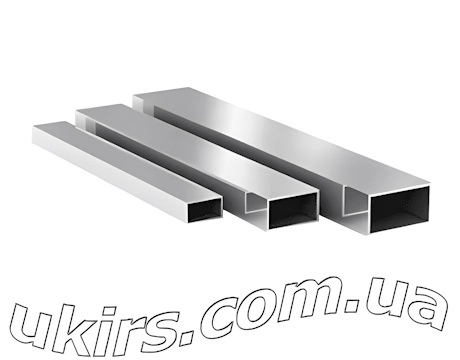 Stainless Steel Rectangular Pipe
Stainless Steel Rectangular Pipe 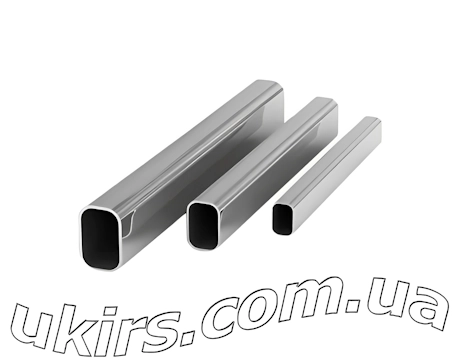 Stainless Steel Oval Pipe
Stainless Steel Oval Pipe 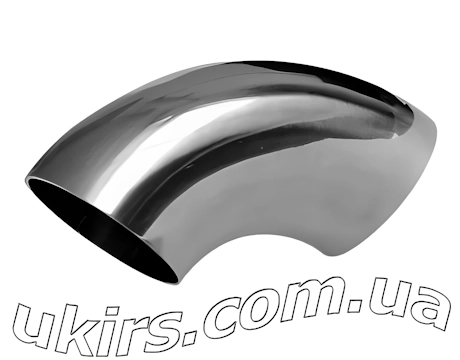 Stainless Steel Elbow
Stainless Steel Elbow 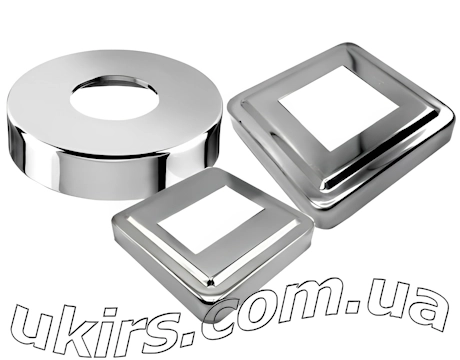 Stainless Steel Decorative Cover
Stainless Steel Decorative Cover 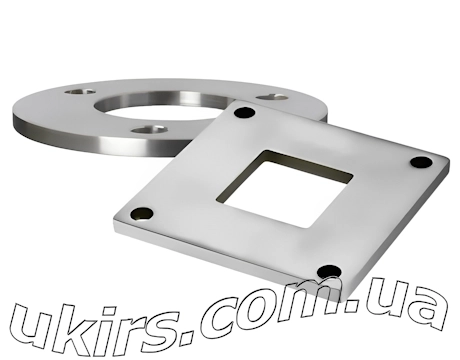 Stainless Steel Flange
Stainless Steel Flange 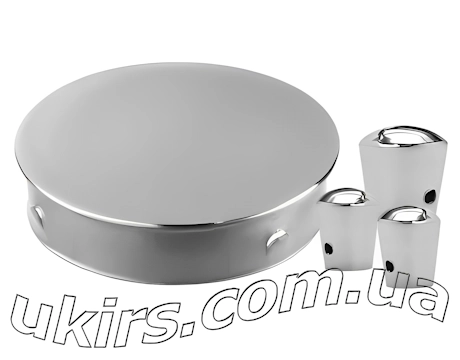 Stainless Steel Plug / Cap
Stainless Steel Plug / Cap 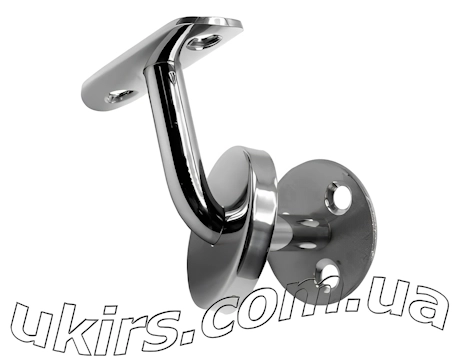 Stainless Steel Handrail Holder
Stainless Steel Handrail Holder